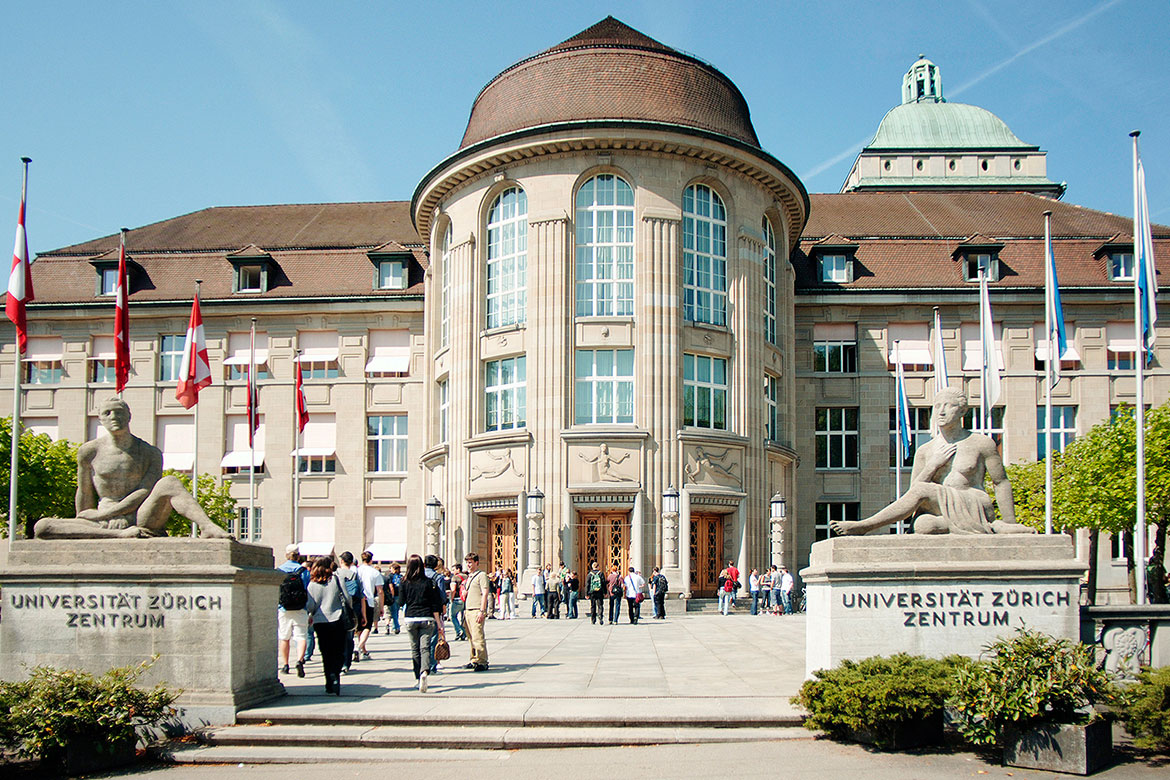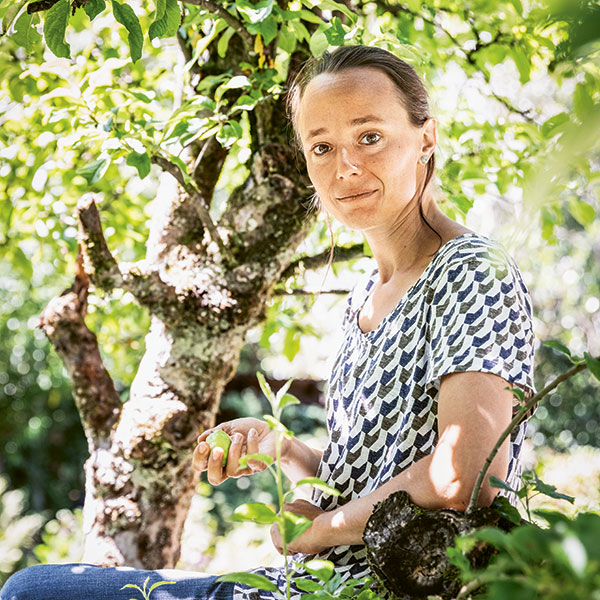In brief
The impact of university PR on journalism
Staffing numbers in university PR departments are on the up. Their job is to promote the image of their institution, but two new publications suggest there’s a downside to this.

Are seats of learning now detrimental to independent journalism? | Image: Frank Brüderli/UZH
Science has to be communicated to the public! Hardly anyone denies this today. After all, it’s our taxes that fund the universities and research institutions, and so we the public have a right to be informed about what they discover. But just how this information should be communicated is something about which there is little agreement.
While the institutions themselves primarily do so by issuing positive reports of their activities, science journalists tend to ask critical questions. In his recent book ‘Forschung in der Filterblase’ (Research in a filter bubble), Urs Hafner, the editor-in-chief of Horizons from 2007 to 2014, looks at how universities and funding institutions inform the public about what they do. He concludes that these institutions – just like private companies – are primarily concerned with their reputation, and so only want to publish facts and success stories. They also constantly look inwards to see how their top management reacts. “Anxiety rules”, he says, closing with an exhortation that communication departments should be afforded more autonomy and greater distance from the institutions they represent.
The current approach taken by communication departments is also intensifying another problem. For years now, they have been hiring more and more personnel, whereas newspapers and magazines have seen a reduction in their editorial staff, especially in specialist areas. The communication experts Mike Schäfer and Daniel Vogler of the University of Zurich have been conducting a long-term analysis of the influence of university PR on science journalism. They investigated the impact of university press releases on how the media report on the tertiary sector. They did this by combining automated text comparisons with manual content analyses. They found that more and more media reports are based on the press releases issued by communication departments. “Overall”, they conclude, “the results point to an increasing influence of university PR on (science) journalism”.




